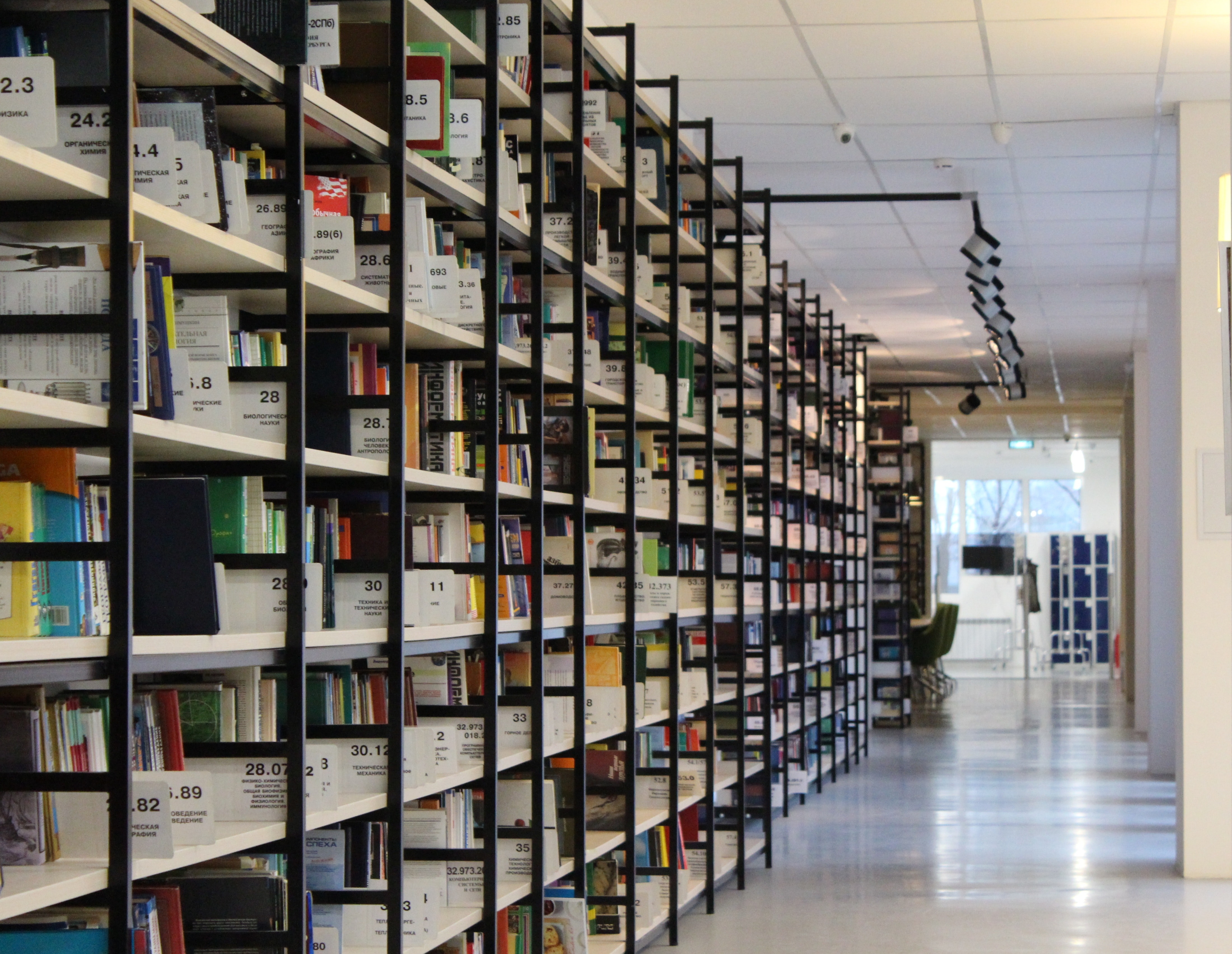
The role of procurement has advanced in recent years and so too has the role of the Chief Procurement Officer (CPO). The CPO was once largely concerned with the optimisation and reduction of costs, but in the modern world company boards are increasingly turning t procurement to help navigate the complexities of today’s market. A recent study by Deloitte found that while cost reduction may still rank as the top business priority for CPOs, a broad set of other priorities are quickly catching up.

One of the most pressing concerns for the modern CPO and organisations is the increasing matter of business risk. The same Deloitte study found 50 percent of CPOs had experienced a significant increase in procurement risk in 2017, compared to previous years. Whether this is the impact of natural disasters and geopolitical events, or data governance and security, CPOs are now on the frontlines, monitoring for events that could impact supply chain operations and reputation. As the level of risk continues to increase and new forms such as cyber security present themselves, businesses have moved to focus on the management of risk.
CPOs are also at the forefront of innovation, well positioned to collaborate with a diverse range of suppliers and internal stakeholders to untap new ideas, methods, and approaches. This connection with suppliers also means the modern CPO is expected to help ensure compliance with rapidly evolving regulations. Unfortunately, these rising expectations aren’t being matches by greater resources, meaning procurement must get smarter in order to succeed.

Making Insights Actionable
For smarter procurement to be possible, access to current data and actionable insights is essential. One of the main barriers CPOs need to overcome is the poor quality of data available to them. Many CPOs are faced with data separated across multiple systems, whilst some are simply overwhelmed by the deluge of information now available. Lack of normalization across systems prevents a 360-degree view of suppliers, or the proper identification of opportunities.
The modern CPO can use smart procurement technology to address the poor quality of data and lack of integration. Platforms can now pull together and merge relevant information from diverse sources into one place, including external financial figures, internal performance scorecards and risk. A unified data model allows intelligent technologies, such as AI, to analyse large data volumes for trends, generating actionable insights and bringing them to the fingertips of CPOs.
Increased Capacity for Strategic Thinking
Many CPOs and their teams will also be spending too much time on operational activities and manual processes that add limited value to the business, yet distract from more important responsibilities. If procurement is to do more, it must be more efficient and free up capacity for higher value activities that support new strategic priorities. Digitising the source-to-pay process eliminates paper, unnecessary phone calls / emails and improves transparency for all stakeholders.
Those that integrate smart procurement technologies also open the possibility to further streamlining of processes though the implementation of digital assistants and chatbots. Instead of manually searching for reports, spending data, and performance scores, CPOs can instead ask questions using natural language for requests, for example, “How much did we spend with X supplier in 2017” or “what is our exposure to China”? The insights will then be provided by the digital assistant. These assistants could also be external, providing suppliers with a way of getting quick answers on issues like the buying or contracting process, or checking if invoices have been paid. Having this would remove another job from the CPOs to-do list.
Compliance in Times of Uncertainty
There has never been so much uncertainty and complexity for organisations to deal with. Whether it’s geopolitical events like Brexit, or regulatory hurdles like GDPR – CPOs play a vital role ensuring compliance in an agile manner that causes minimal disruption. When it comes to compliance, smart procurement can help CPOs keep on top of regulations and work with suppliers to make sure they’re also toeing the line. But for this to happen, CPOs need full visibility of suppliers.
Smart procurement gives CPOs the 360-degree view of their entire supplier network needed to ensure compliance and provides data-driven insights. Flexible systems are important to quickly and efficiently capture new information, then to build and monitor improvement plans as required to ensure compliance and auditability. For example, allowing custom workflows and questionnaires to assess supplier GDPR compliance and then track corrections for those initially not in compliance. Such systems also ensure auditability of efforts to enforce compliance. If organisations aren’t complying with regulations, they’re at risk of being slapped with huge fines, or suffering damage to corporate reputation. Smart procurement technology enables CPOs to ensure compliance across suppliers and their own organisation.
More Intelligence, Quicker Decisions
Smart procurement technologies allow the modern CPO to make informed decisions and operate intelligently even when juggling other business priorities. Automation, unified data and a 360-degree view of suppliers ensure smart procurement gives the modern CPO the tools required to monitor risk, innovate and ensure compliance.
CPOs backed up by smart procurement will be empowered to assess suppliers effectively and determine the best options for co-innovation in a way where greater dependence on supplier does not increase risk. CPOs will also be able to proactively monitor risk and implement alerts for risk factors, considering internal performance assessments, supplier-provided information (e.g. certifications), and 3rd party data (e.g. predictive risk scores, geopolitical or environmental alerts). In addition, smart procurement enables the breadth and depth of collaboration required to ensure compliance with current and future regulations.
Risk factors, regulatory changes, and greater demand for innovation are obstacles that are here to stay but with the help of smart procurement technology, they are issues that the modern CPO will be able to tackle with minimal fuss.






